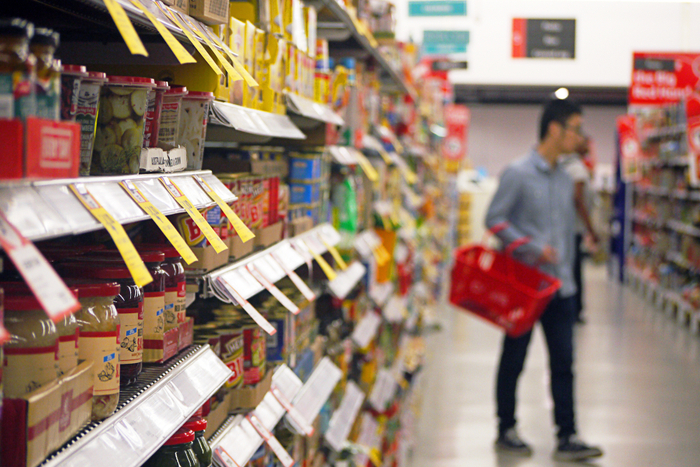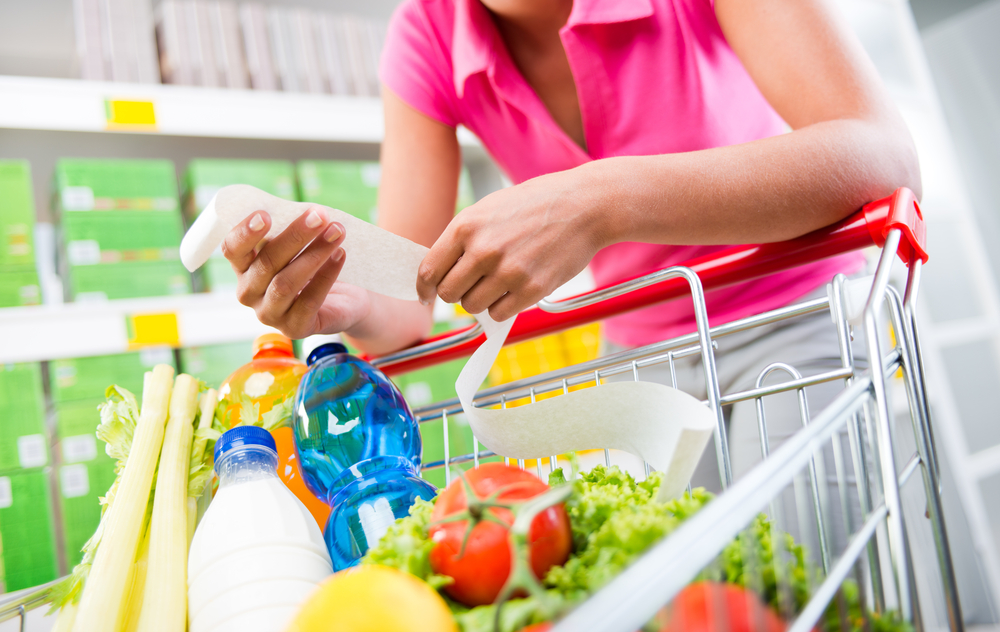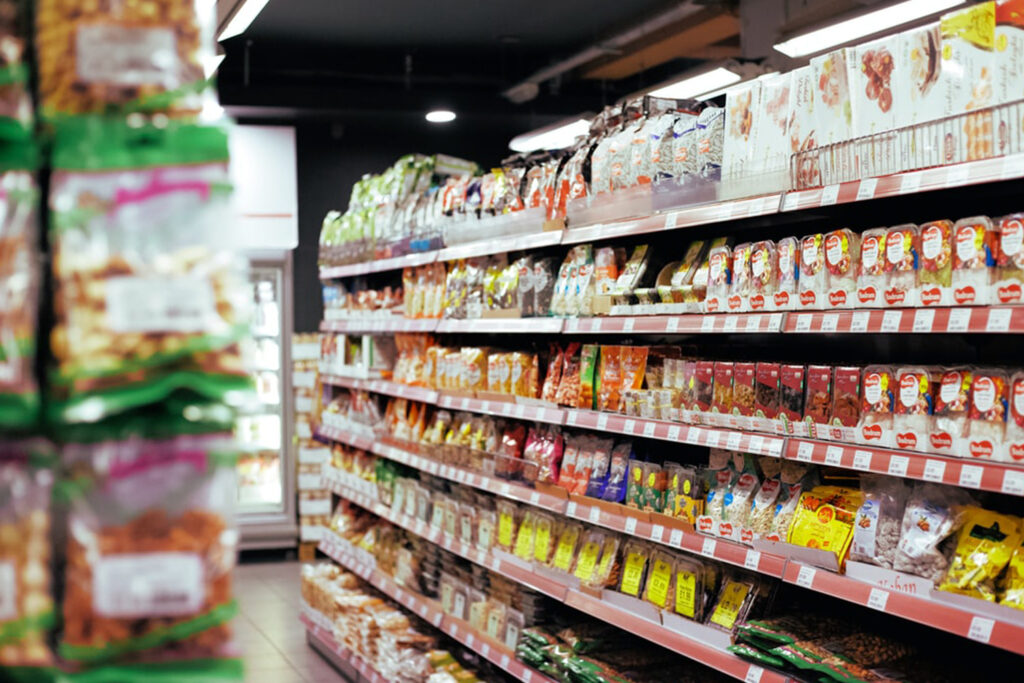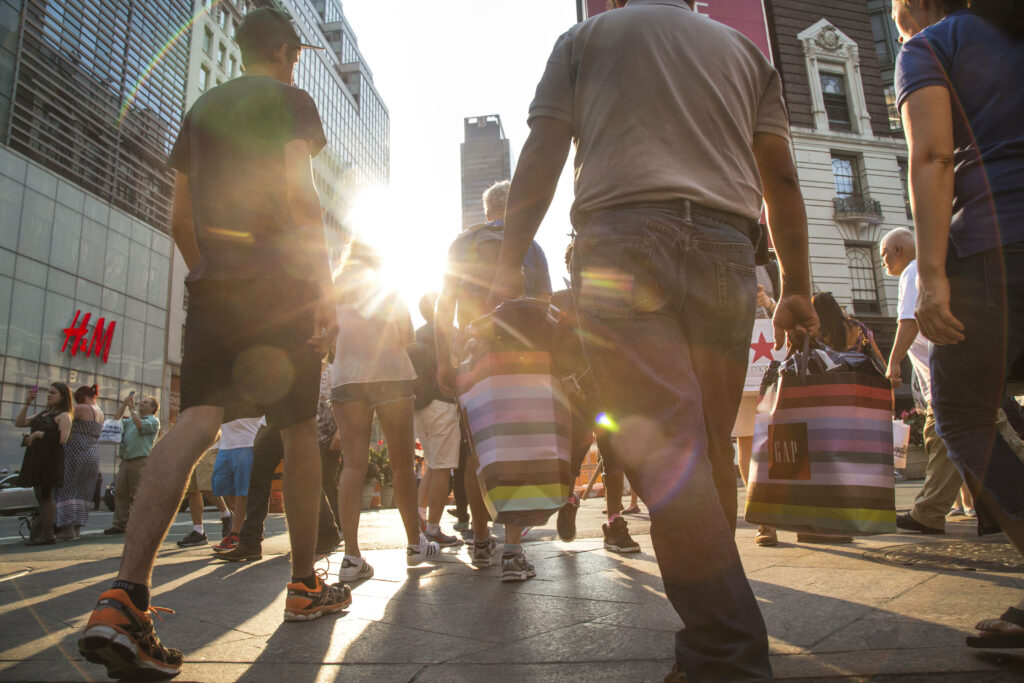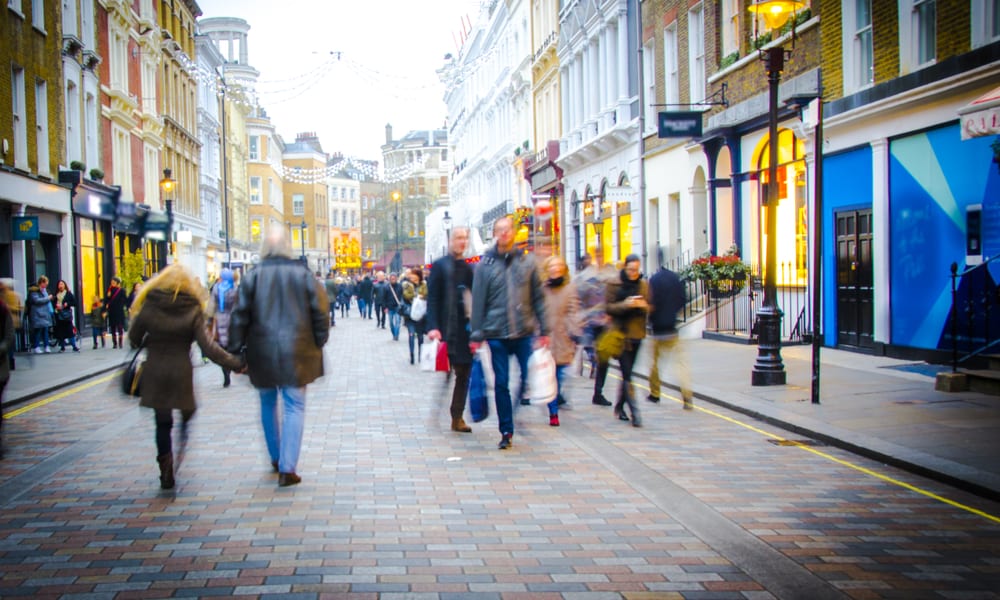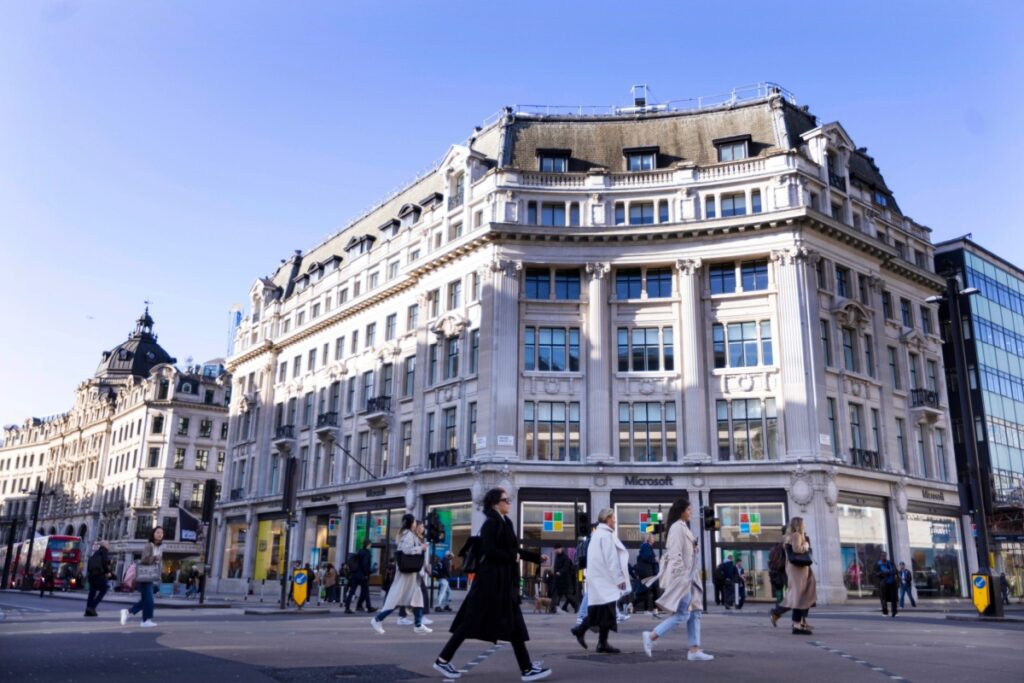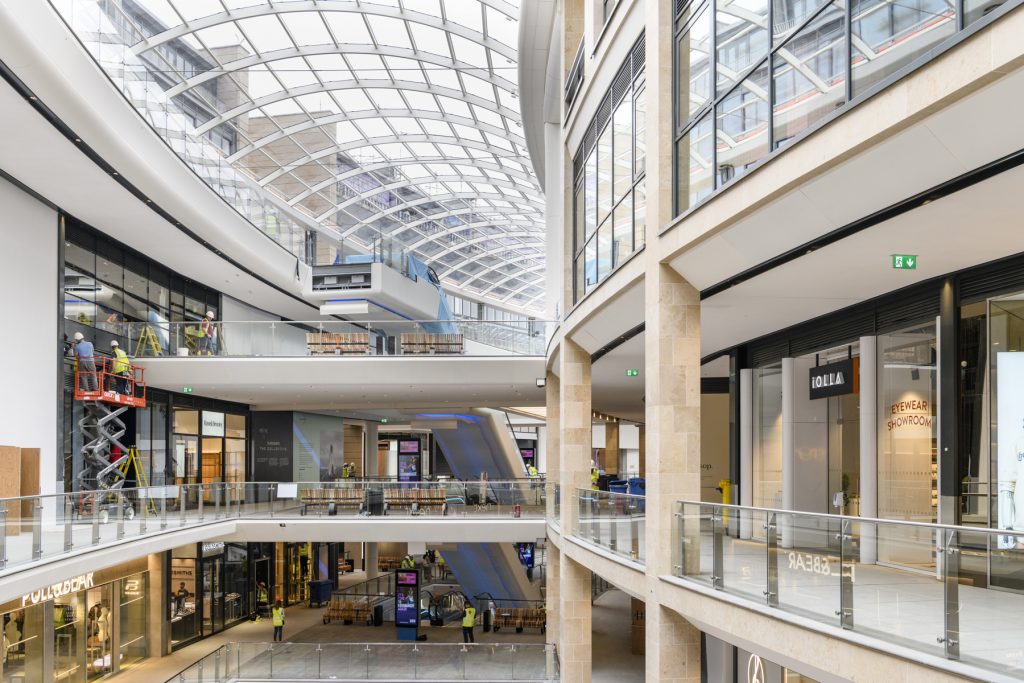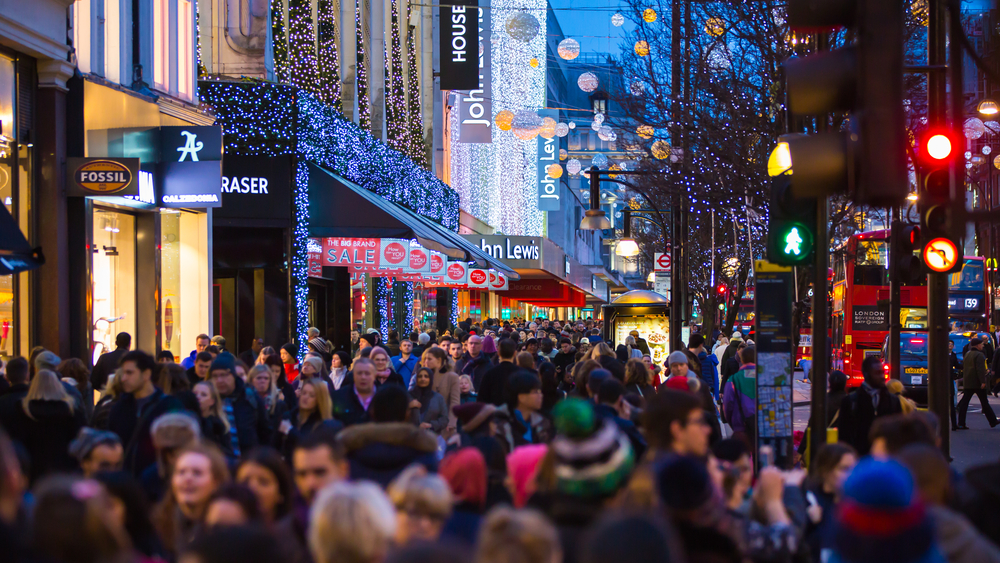// Food inflation hit its highest level since March 2019 in December
// The BRC-NielsenIQ Shop Price Index showed overall retail inflation rising to 0.8% up from 0.3% in November
New research has found that food inflation hit its highest level since March 2019 in December, with fresh food seeing the largest rate of inflation in almost a decade.
Prices are set to rise further in 2022, according to the BRC-NielsenIQ Shop Price Index for December.
The index showed overall retail inflation rising to 0.8% in December up from 0.3% in November.
READ MORE: Food inflation to accelerate towards Christmas, BRC says
However, food inflation is accelerating a lot more quickly than the rest of the retail sector, with food inflation up 2.4% in December from 1.1% in November.
This level of food inflation is the highest since March 2019 and is a marked acceleration on the 12- and 6-month average price growth rates of 0.3% and 0.6%, respectively.
Fresh food inflation accelerated significantly in December to 3.0%, up from 1.2% in November, which represented the highest level since April 2013.
Ambient food inflation accelerated to 1.7% in December, up from 0.9% in November, above the 12- and 6-month average price increases of 1.0% and 0.9%, respectively and the highest rate of increase since March 2021.
Non-Food deflation accelerated to 0.2% in December compared to the decline of 0.1% in November.
“Consumers may have noticed that their Christmas shop became a little more expensive in December,” BRC chief executive Helen Dickinson said.
“Not only did prices rise, but did so at a faster rate, especially in food. Food prices were falling earlier on in 2021, but the acute labour shortages across supply chains, amongst other factors, led to the year ending with a notable increase; for example, fresh food saw the largest rate of inflation in almost a decade. Year-on-year non-food products were deflationary, but prices rose across the board on the previous month.
“The trajectory for consumer prices is very clear: they will continue to rise, and at a faster rate. Retailers can no longer absorb all the cost pressures arising from more expensive transportation, labour shortages, and rising commodity and global food prices.
“Consumers will already be harder pressed this year, with rising energy bills, the looming hike in national insurance, and more expensive mortgages. Government should relieve some of these costs by looking for long-term solutions for resolvable issues such as labour shortages.”
Mike Watkins, NielsenIQ’s head of retailer and business insight added: “After a challenging Christmas period, consumers are facing higher energy, travel and for some mortgage costs and the underlying price inflation in retail may only make it more difficult to entice shoppers to spend in January. But it is weak consumer confidence and uncertainty around the pandemic rather than shop price inflation which will have the biggest impact on demand at the start of the year.”
Click here to sign up to Retail Gazette‘s free daily email newsletter

